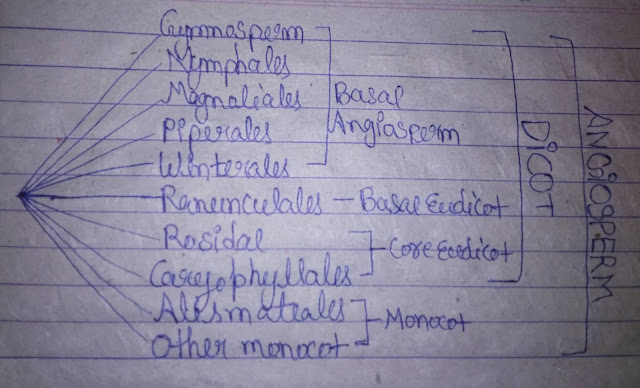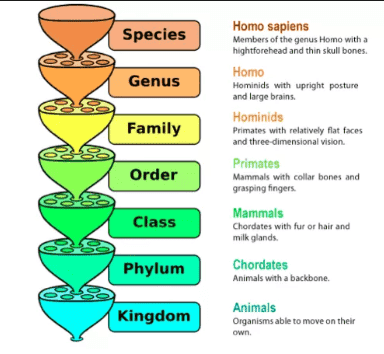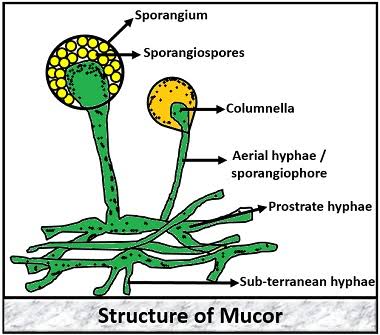APG System | Angiosperm phyllogeny Group system
APG I - It was published in 1998.
APG II - It was published in 2004.
APG III - It was published in 2011.
APG III System of classification of flowering plants is the III version of plant taxonomy. It is a modern system of classification mainly based on molecular biology. Recent analysis has related that phyllogeny of angiosperm. It is monophyletic of for mnay major group above the family level.
APG System organised plant in to selective no of monophyletic family group.
An overview of APG System is as follow.
Principle of APG System
Some important principle of APG System are as follow.
- Group are monophyletic i.e each group consist of all decendrates of common anceinster.
- Abroad approach is adopted in difining the limits of group.
APG I SYSTEM -
It is proposed by 1998 primary on the basis of genetic characterstics. The angiospermic phyllogeny group proposed on original classification of family of flowering plants. Which serve as a reference to board utility many features of APG I System are as.
- The system is based on the molecular characterstics of plant.
- It is recognised only to order as compared to 230 order in Takhtajan classification.
- Formal scientific name are not used above the level of order in sited clades are used. It is does not follow the traditional division of flowering plants into two groups monocots & dicots.
APG II SYSTEM -
APG II System of plant classification is the second revised version of the first APG System. It was published in April 2003 by the angiospermic phyllogeny group some common features of APG II are as follow.
- Many major family have restructured.
- New orders have been proposed particular leaf to the basal plates left as family.
APG III SYSTEM -
It is III revised version of a modern system of plant taxonomy based on molecular characterstics it was published in October 2009 by the angiosperm phyllogeny groups.
Merits and demerits of APG system of classification
Merit and De-Merit of APG System of classification are as follows-
Merits
1. It adopts the phylogenetic principle of monophyly.
2. It has derived information from sources like morphology, embryology, molecular biology, anatomy, palynology, and phytochemistry.
3. It is based on the recent advances in research and is gaining authority.
De-Merits
1. It is limited to the taxonomic level of order and family.
2. It is not very popular.
3. Several families or genera have not been placed yet.
4. The orders are recognized under informal groups like Eudicots, Magnoliids. These names do not conform to the I.C.B.N.














0 Comments
If you have any query let me know.